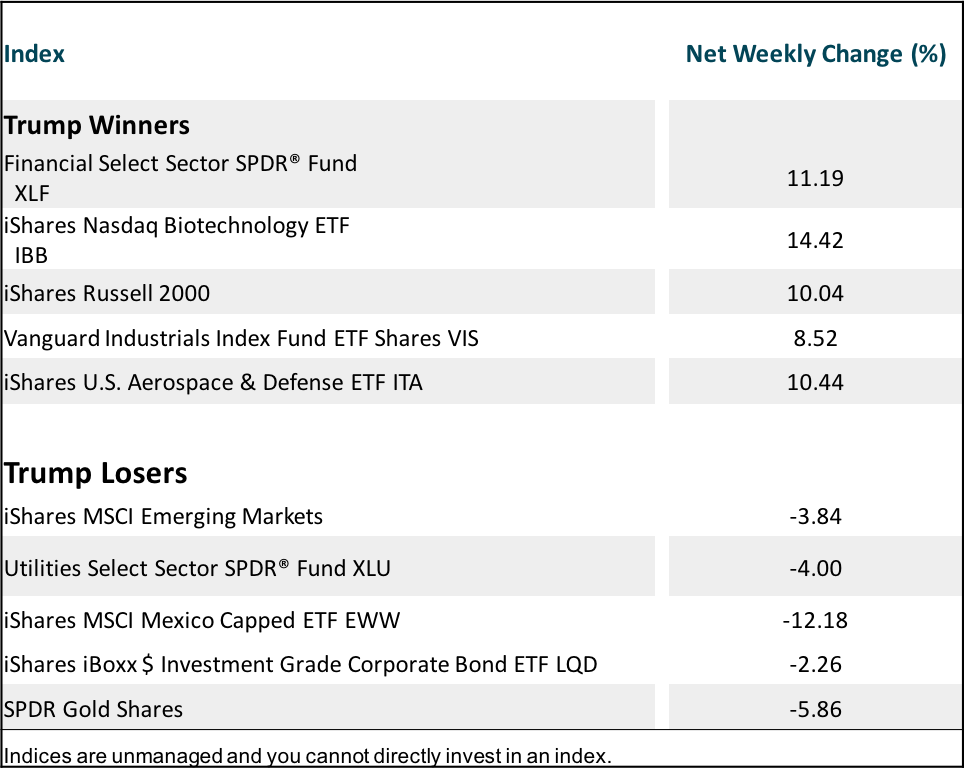The AI Race
Major technology companies are in a race to develop artificial intelligence (AI). There is also a rush between countries to gain a first mover advantage in this area. Developing AI is a top priority for the Chinese government, and they have been investing heavily in this burgeoning field. This week, a Chinese company called SenseTime, raised $620 million, giving it a valuation of over $4.5 billion.
UBS has declared AI the fourth industrial revolution. The first revolution being steam power, the second, electricity, the third, information technology, and today, it’s AI. UBS describes AI as tools and programs that makes software “smarter” and leverages self-learning systems by using multiple tools like data mining, pattern recognition, and natural language processing. Deep learning allows machines to analyze a vast amount of data in a short-time.
The Harvard Business Review wrote that AI is the most important general-purpose technology of our era, particularly machine learning (ML) — that is, the machine’s ability to keep improving its performance without humans having to explain exactly how to accomplish all the tasks it’s given. Within just the past few years machine learning has become far more effective and widely available. We can now build systems that learn how to perform tasks on their own.
AI is in its infancy stage and the big opportunities have not been tapped. AI has yet to surpass human performance in certain areas, but it’s around the corner. The Harvard Business Review ended it’s article with the following line – If managers aren’t ramping up experiments in the area of machine learning, they aren’t doing their job. Over the next decade, AI won’t replace managers, but managers who use AI will replace those who don’t. I would add that if entire companies do not leverage AI, then they will lose market share to those that do.
Elon Musk, who is the visionary entrepreneur that founded PayPal, SpaceX, and Tesla, is one of the few voices against advancing this technology. He believes that AI is more dangerous than nukes. As one of the early leaders in this area, Musk has seen first-hand, the power of AI. He invested in a company called DeepMind that was purchased by Google in 2014. There he saw how AI was accelerating at a breakneck speed. If you want to learn more about Musk’s crusade against AI, here is the entire article on this topic last year.
I expect that big data will be one of the biggest growth drivers in the coming decade. This mega-trend is part of the reason why growth stocks have vastly outperformed value stocks this year. This new competition is fueling profits throughout the technology sector. This is an area that I will continue to research more to discover new investment opportunities.
Please read our disclosure statement regarding the contents of this post and our website as a whole.

